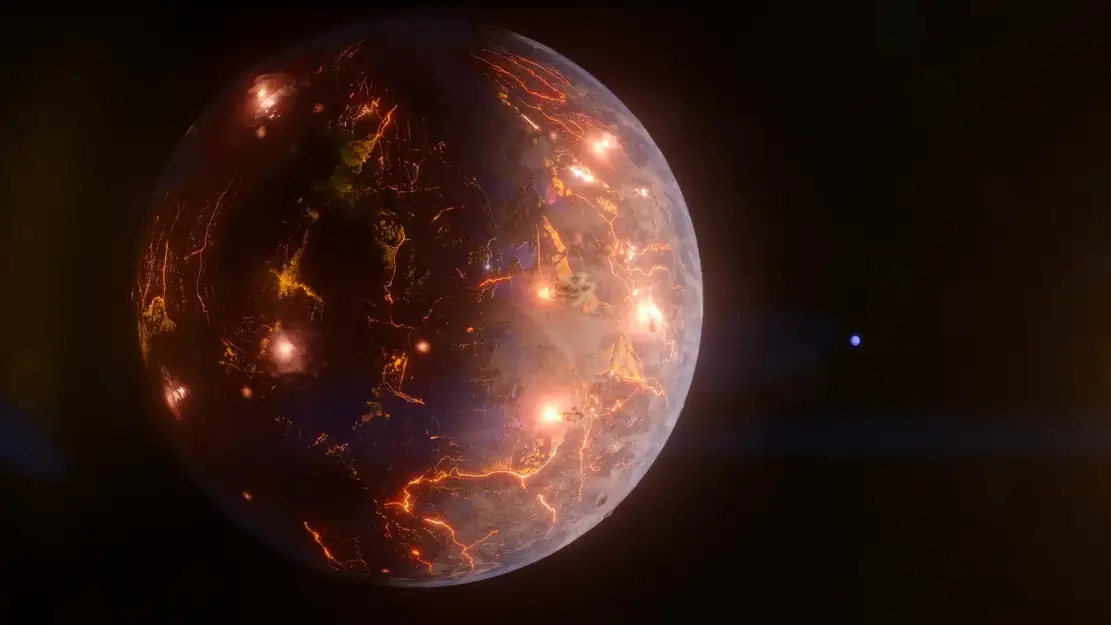Astronomers discovered an exoplanet named LP 791-18 d which is the size of Earth but not at all like Earth. This exoplanet is about 90 light years away from a small red dwarf star in the southern constellation Crater. To provide context, a single light-year denotes the the distance light travels in one year or about 5.9 trillion miles.
Astronomers discovered it using data from NASA’s TESS (Transiting Exoplanet Survey Satellite) and retired Spitzer Space Telescope, and ground-based observatories. According to the team, this exoplanet is slightly larger and more massive than our Earth.
Although volcanoes are often associated with devastation, they can actually play a vital role in rendering a planet suitable for habitation due to their ability to generate and maintain an atmosphere. While it remains uncertain whether this specific planet possesses an atmosphere, the presence of volcanic activity increases the likelihood. Moreover, this planet is situated within the habitable zone, which implies that water might potentially be present on its surface.
“LP 791-18 d is tidally locked, which means the same side constantly faces its star,” said Bjorn Benneke, a professor at Trottier Institute for Research on Exoplanets (iREx).
“The day side would probably be too hot for liquid water to exist on the surface. But the amount of volcanic activity we suspect occurs all over the planet could sustain an atmosphere, which may allow water to condense on the night side,” he added.
Scientists foresee this discovery could help in providing important information regarding the development of planetary ecosystems like Venus and Earth.
The findings have been detailed in the scientific journal Nature.







